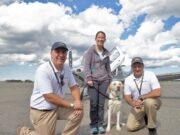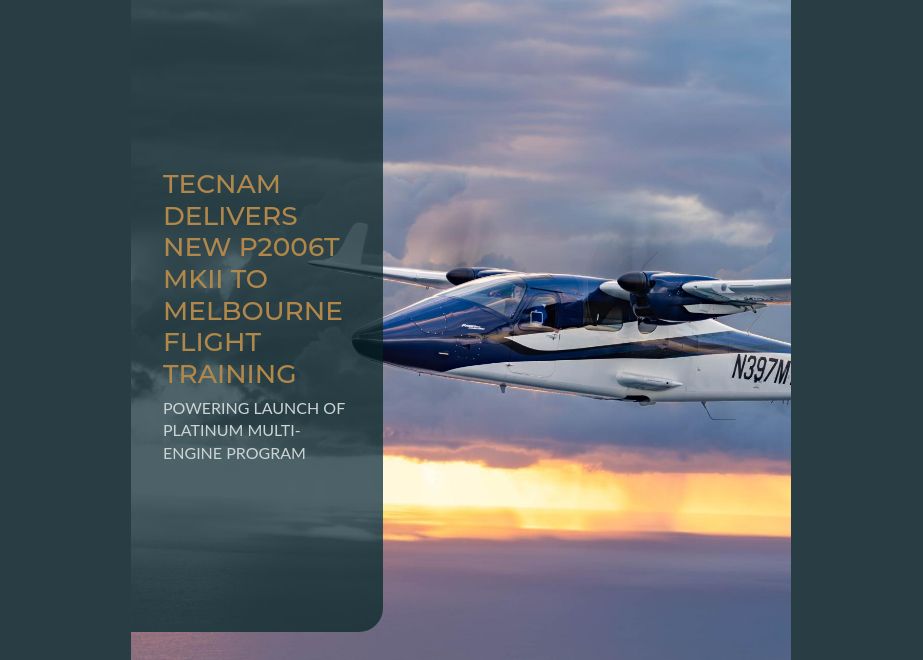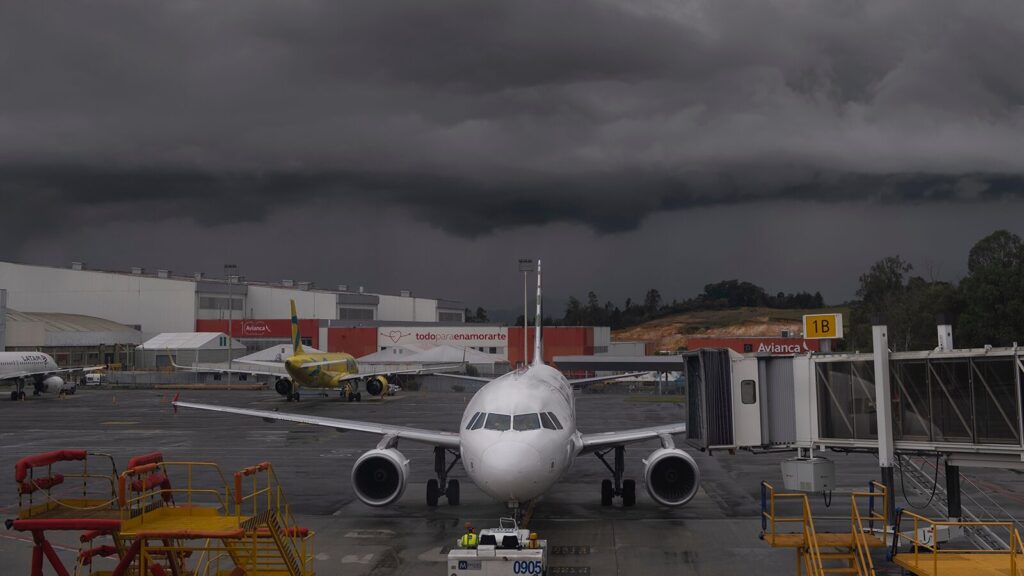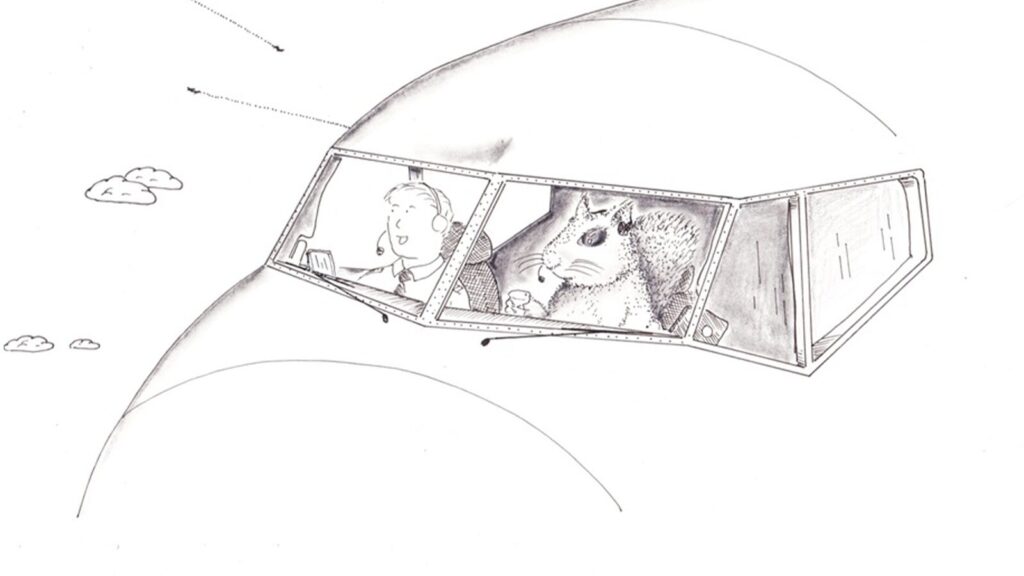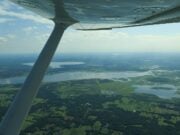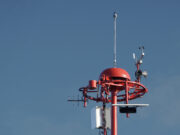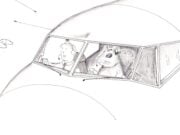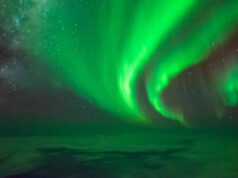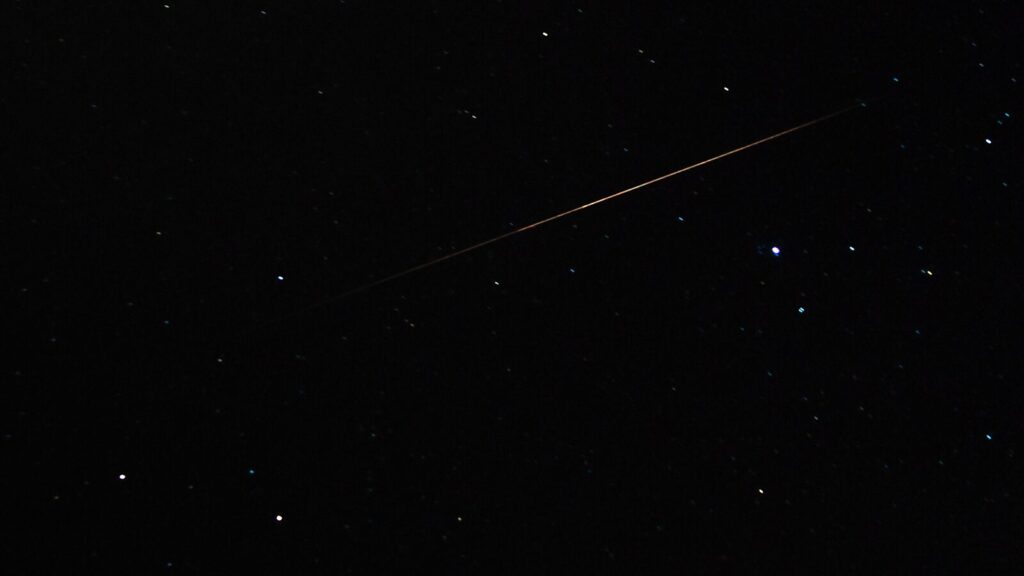
Following the magnificent views of the stars and planets in the night sky from December to February, we are now heading into the April to June period when the night skies are often being termed as being “quiet,” as the bright stars in the constellations of Orion, Gemini and Taurus steadily process westwards and will soon disappear into the twilight sky.
This seasonal change in the view of the night sky is brought about by the Earth’s changing position as we orbit the Sun, and as we head into April and beyond, it is immediately noticeable that the night sky just does not have as many bright stars within it as the preceding three months. At this time of year, there are just three bright stars visible in the eastern sky compared to the twelve that were visible in January. Most of the stars visible at the turn of the year are still visible but are now in the western sky and will be disappearing into the evening twilight. So, take this last opportunity to look at these bright constellations and the others that we have been looking at over the last few months for the last time until the early hours of the autumnal mornings in about six months’ time.
Since January, we have had not just the bright stars to look at, but we have also had three very bright planets strung out across the night sky after sunset. These are also now slowly setting in the western sky and will soon disappear. The brightest and most westerly of these, Venus, passed between the Earth and Sun on March 22 at what we call “inferior conjunction” and will reappear in the morning sky from mid-April onwards. It will be at its brightest in the morning sky on April 24, and at its maximum distance “western elongation” from the Sun on May 31.
Following Venus towards the western horizon are Jupiter and Mars which are nestled within the constellations of Taurus and Gemini respectively. Jupiter will pass behind the Sun on June 24 at what is termed “superior conjunction,” or more commonly just known as conjunction. Being closer to us, Mars will fade quickly as it moves eastwards before going through conjunction in November 2025. By the time we get to May and beyond only a faint Mars will be visible in our evening night sky, so we get the opportunity to catch a breath and enjoy the spectacle of the constellations of the spring (or autumn) sky depending on which hemisphere from which you are viewing.
In the northern hemisphere the stars of the Ursa Major, which contains the well-known asterism of the “Big Dipper” will be difficult to see because around midnight it will be almost overhead. So, unless you are performing some night aerobatics, it will be difficult to see! However, the stars of Cassiopeia at this time of the year sit astride the northern horizon and can be easily identified with a distinctive “W” shape. The two constellations of Ursa Major and Cassiopeia are roughly equidistant; each side of the constellation of Ursa Minor and the Pole star, Polaris which sits at the northern celestial pole. In six months’ time, Ursa Major will sit on the northern horizon and will thus be easier to see from the flight deck.
Looking after midnight the three bright stars mentioned above, Arcturus in Bootes, Spica in Virgo and Regulus in Leo, will be clearly visible. These three are the fourth, sixteenth and twenty-first brightest stars in our night sky respectively.

Leo and Virgo sit astride the “ecliptic,” the path in the sky that the Sun, Moon and planets transit along on our annual journey around the Sun. There are twelve constellations on the ecliptic which are called the zodiacal constellations. The constellation that the Sun is passing through at the time of your birth determines your birth sign. However, due to the wobble or “precession” of the world’s axis, the constellation the Sun passes through is out by one constellation, so if you think you were born under the star sign of Leo you may be more correctly born under the sign of Cancer, the crab!
Leo is one of the few constellations that looks a bit like what it is meant to represent and relatively easy to see as a lion. The star Regulus marks the “dot” in a reversed question mark which makes up the lions’ head and chest. Regulus is also known as the “King” or “Royal” star and is located near the lion’s heart. To the east (or left) of Leo is the constellation, Virgo.
Virgo, the Virgin, and the bright star Spica is lower and to the left of Regulus. Spica represents a sheaf of wheat held in Virgo’s hand. The Sun passes through Virgo in September, this denotes the time of the harvest. Virgo tends to be seen as a big letter “Y” with Spica at the bottom.
The constellation of Bootes the herdsman, contains Arcturus the fourth brightest star in the northern celestial sky. To find it, locate the stars of the big dipper. Follow the curve of the handle down towards the horizon and find Arcturus, which has a distinctive orangey-white colour. Arcturus is at the bottom of a kite shaped constellation that is quite easy to spot in a dark sky. If you follow this same line down toward the horizon you will come to Spica in Virgo.
In 1933, Chicago wanted something special and innovative to mark the opening of its “Century of Progress Expo.” It was looking for a way to indicate to the participants and visitors just how far the city had come since its establishment 100 years earlier. The organisers wanted to pay tribute to history, and notably to the Worlds Columbian Expo of 1893 (a.k.a. The Chicago World’s Fair) held in 1893. A unique idea was born—to light up the 1933 Expo site using a beam of light that first left a star in 1893.
Astronomers of the time estimated that Arcturus was located 40 light years from Earth. The light emitted from Arcturus during the World’s Columbian Exposition of 1893 would therefore reach the Earth in 1933. So, at 2115 hours on 27 May 1933, four telescopes located in different observatories in the region captured the light from Arcturus and focused it onto photoelectric cells. These cells then transformed the light into an electrical current that was amplified and sent to the Expo site on the shores of Lake Michigan. The current lit up the floodlights before a crowd of 30,000 people gathered outside the Hall of Science.
Today, we know that Arcturus is a little nearer at 37 light years away, but back in 1933, Arcturus was one of the most famous stars in the cosmos, and even today this feat is seen as a shining example of the technological progress of the time and of the Expo 1933’s theme “Science Finds, Industry Applies, Man Adapts.
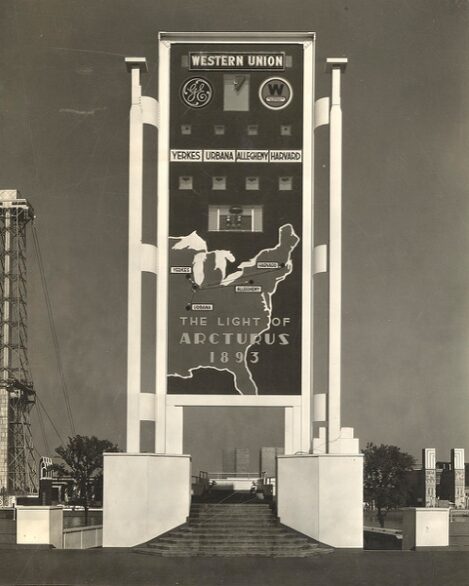
Finally, in late April, keep your eyes peeled for some Lyrids meteors in the nights sky.The Lyrids shower is one of the oldest meteor showers with records of observations going back over 2,000 years.The Lyrids may be seen April 13 to 28, peaking on the night of April 21/22. Lyrids meteors tend to be bright but very fast. In April the radiant at midnight will be halfway between the eastern horizon and your zenith. That will be a night to bid a red eye!








